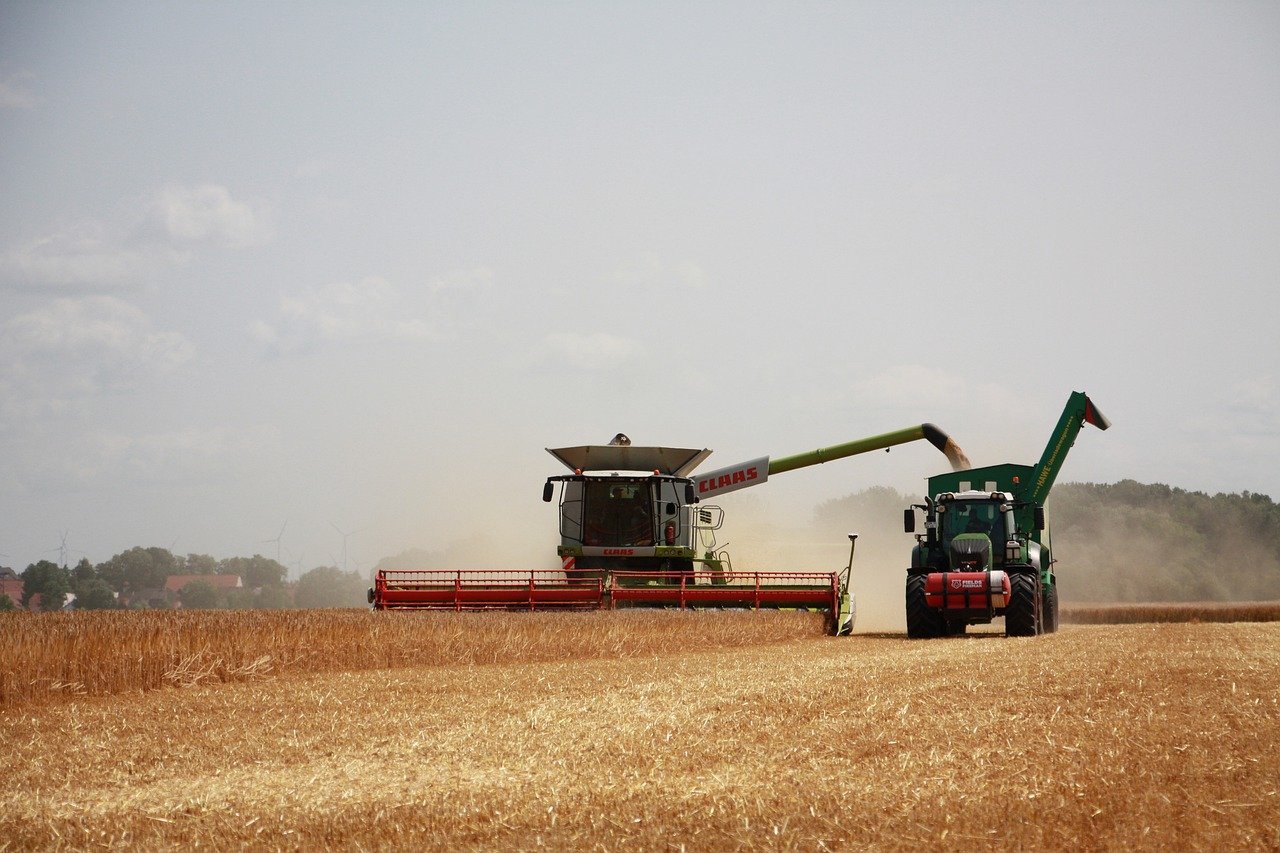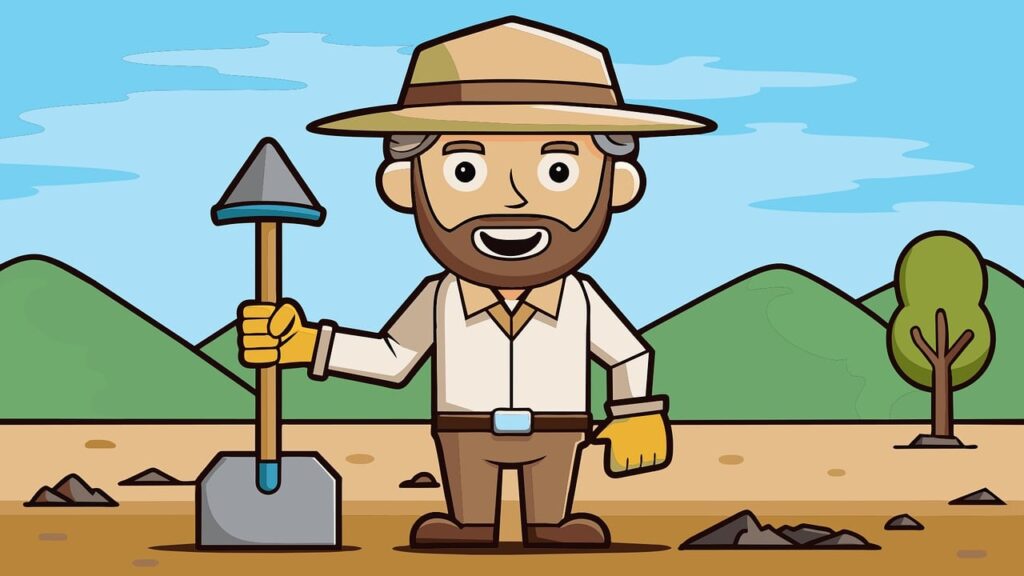
Introduction
Agriculture is the activity of farming and producing crops and rearing of animals for human feed and other products which meet the necessities of life. It is perhaps one of the oldest known professions in the world with history reaching hundreds of thousands of years ago and has certainly changed with time. It important to stress at this point that agriculture is not simply a subject relevant for farmers, but for anybody interested in the interactions between human beings and their environment.
Here in this blog post you will get to know about the significance of agriculture, its kind, methods, issues and prospects of related advancements.
1. The Importance of Agriculture
Economy is the core of human society, making the basic necessities – agriculture – the primary necessity. Here are several key reasons why agriculture is so vital:
Economic Impact
Farming is one of the most important economic activities around the world. It offers source of employment for billions of people all over the world and supports GDP of many nations. For instance, in the nations of the third world, employment and income may be gotten mostly from agriculture which shows the importance of agriculture in policy stability.
Food Security and Nutrition
A major role of agriculture are to help feed the nation’s population or people of any nation where it is practiced. Since people around the world are increasing in number, so is the demand for food. The occupations in the agricultural sectors need to rise to this challenge given that the food being produced has to be healthy for consumption.
Cultural and Social Significance
Third, agriculture has a cultural aspect in most societies in that it is an essential economic activity among people. It guides practices and cultural behaviors as well as creates identities of the communities in and outside the region. These are festival, Carnival, agricultural fair, harvest festival, and farmer’s market are just a few of the ways that demonstrate that agriculture shapes people’s social lives and cultural activities.
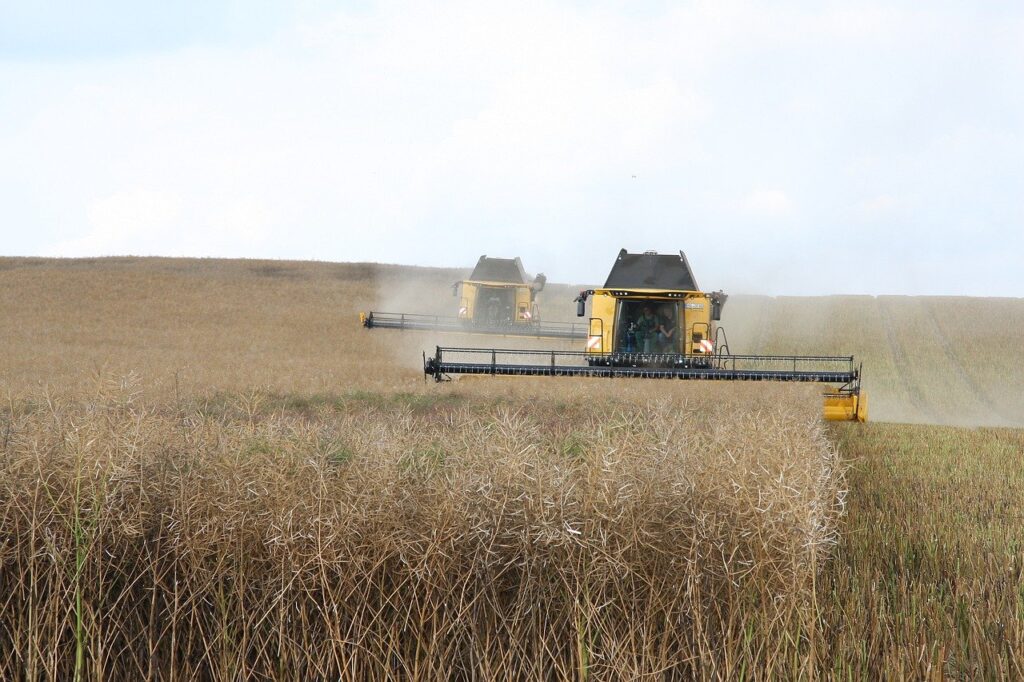
2. Types of Agriculture
Knowledge of the subtypes contributes to the analysis of the scope of practices and its impact on the environment and the economy.
Subsistence Farming
Agricultural practice that entails use of limited inputs to cultivate plants or raise animals for food for self and immediate family members without the intention of selling the produce. Such practice is frequently observed in developing countries with low accessibility of resources. Survival farming is important in rural areas as it supports the food security needs of those farms.
Commercial Farming
While commercial farming entails the cultivation of crops and rear crop animals to be sold in local and world markets. This type of agriculture produces crops to generate the highest possible return on investment on a given piece of land without regard to such things as soil and water conservation. Efficient farming which is a major practice in commercial farming may enhance a country’s economy but it has its dangers on sustainability and health of the environment.
Organic Agriculture
Organic farming coves the practices of cultivating crops and rearing animals by relying on natural methods. It does not use synthetic fertilisers and pesticides, compared with other farming methods that harm the biological and ecological diversities. Although organic farming needs more farm operations, it is has environmental advantages and it meets the increasing consumers’ demand for organic foods.
Sustainable Agriculture
Organic farming aims at producing and providing food in the present without exposing future generations to meet the same challenge. This approach encompasses environmental health objectives as well as economical and social profitability. Long-term agricultural stability: crop, rotation, agroforestry, and low-chemical input.
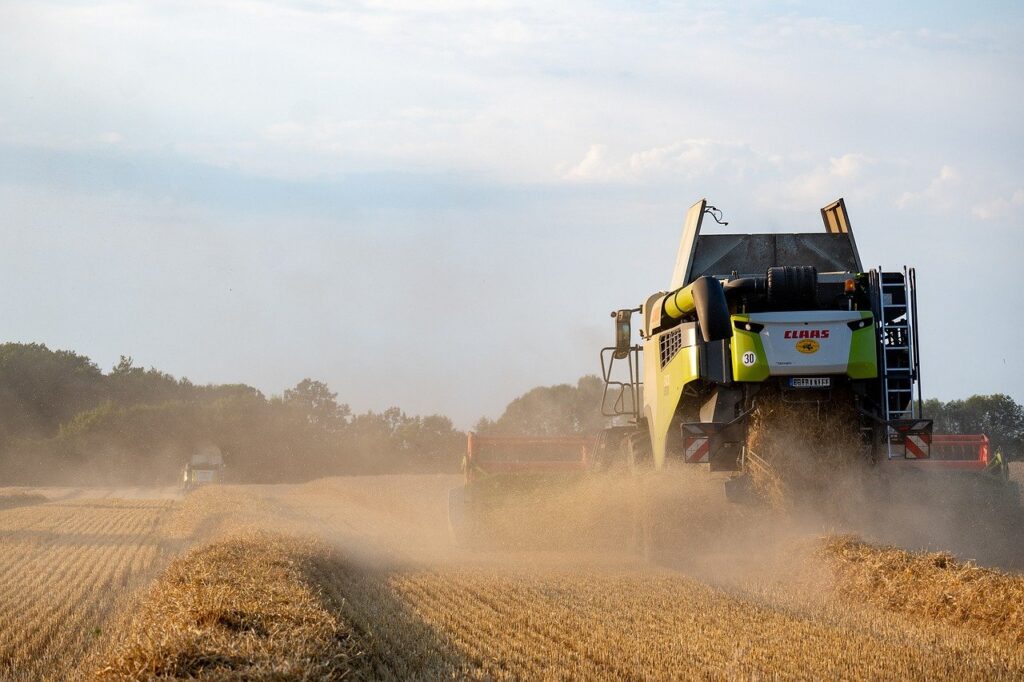
3. Agricultural Practices and Techniques
Agriculture employs a variety of practices and techniques that have evolved over time. Here are some notable methods:
Traditional vs. Modern Practices
The most common approach to agriculture use traditional practices that involve both knowledge and tools inherited from one generation to the other. On the other hand, and according to the scientific and technological advance, modem agriculture focuses on the enhancement of productivity and efficacy.
Crop Rotation and Diversification
Crop rotation is a strategy where the amount or kind of crop produced in a given area, is changed seasonally. It is very useful in retaining loams, controlling pests and diseases and enhancing productivity of the agricultural productive base. Other forms of crop expansion, such as diversification which is growing many crops can also minimize vulnerability resulting from market and climate risks.
Irrigation Methods and Water Management
This paper aims to review the role of water management in agriculture especially in the arid areas. Drip irrigation, sprinkler and the rainwater management systems are employed to properly water the crops while sparing terribly water. Agricultural production relies greatly on effective practice in irrigation systems in order to yield maximum productivity.
Use of Technology
Precision agriculture where technology is imported in agriculture aims at tracking crop and soil health. Such developments enable farmers to obtain the best solutions in management and usage of resources resulting in higher productivity or yield and decreased impacts on the environment.
4. Challenges Facing Agriculture Today
Despite its importance, agriculture faces numerous challenges that threaten its sustainability:
Climate Change
For the last several decades, it has been a matter of serious threat to climate change affecting agricultural productivity. Due to climatic changes, alteration of climatic factors, frequent instances of high temperatures and other weather conditions negatively impact growth periods, yield and food security. Special account has to be taken of these changes and farmers have to employ certain forms of resilience to their operations.
Soil Degradation and Biodiversity Loss
High level farming system can cause problem in the nutrient holding capacity, water holding capacity, and hence reduce on the overall fertility of the land. Further, reduced genetic variability through monoculture and destruction of habitats, further lead to increased vulnerabilities to pests and diseases shrink land productivity on agricultural arrangements.
Economic Pressures
From the economic factor, farmers can be exposed to problems such as, price risk, cost of production risk and credit risk. They can hinder their chances of financing sustainable methods and tools, hence influence agricultural yield.
Access to Resources
Farmers are able to have different levels of access to certain production resources such as; land, water and even technology. Smallholder farmers, in specific, may fail in sourcing for requisite inputs to enhance their farming practices. Eradicating these disparities is compact for boosting world agriculturability.
5. The Future of Agriculture
The future of agriculture holds great promise as innovation continues to shape the industry. Here are some potential developments:
Innovations on the Horizon
The advancement in technology that is GMOs, Vertical farming, Aquaponics are all anticipated to have a major impact on agriculture. In Improving on the basic activities these may enhance productivity, cause reduction in resource utilization while presenting new opportunities for food production.
Agriculture and Climate Change Mitigation
This paper argues that sustainable agricultural practices are important to reduce climate change impact. Therefore, through the ability to store carbon in the soil and lowering emissions of a number of greenhouse gasses Agriculture can play an active role in the fight against climate change while feeding the world.
Urban Agriculture and Local Food Systems
The higher the population in the urban areas results in increased importance of urban agriculture. It means the practice of agriculture within populated areas; using rooftops, community infrastructures, and walls. The examination of the benefits of urban agriculture shows that it produces fresh food products while encouraging citizenship involvement and decreasing food transportation.
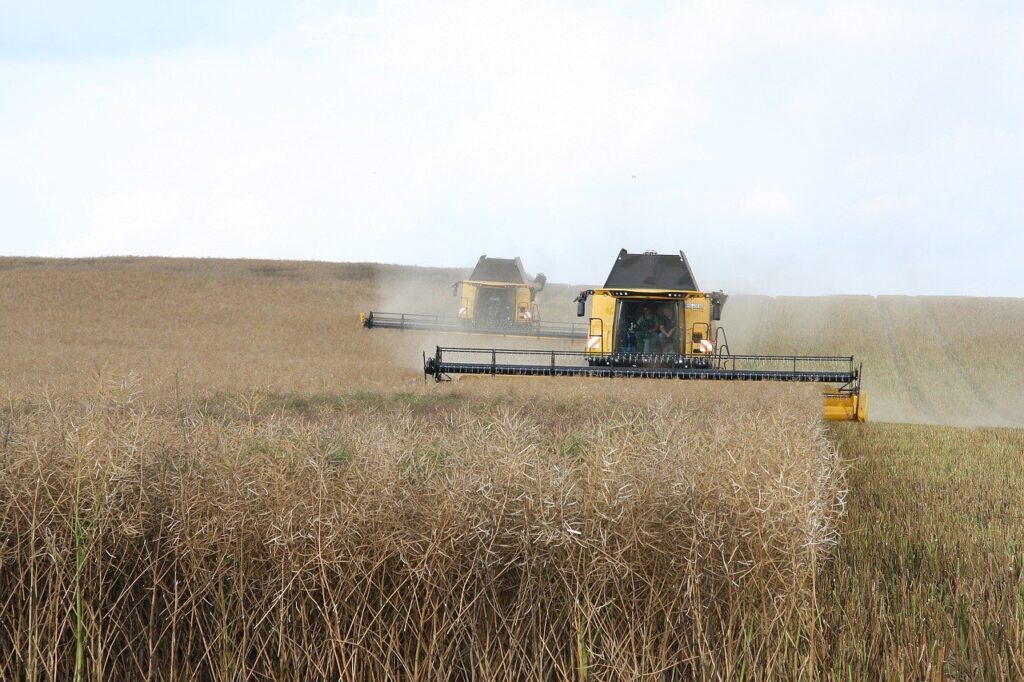
Additional Resources
For those interested in learning more about agriculture, here are some valuable resources:
- Books: Explore titles that delve into agricultural practices, history, and sustainability.
- Documentaries: Watch films that highlight the challenges and innovations in agriculture.
- Websites: Visit organizations focused on agricultural development and sustainability for further insights.
Table of Contents
FAQ
What is agriculture?
Agriculture is the business of preparing the soil for the growth of crops as well as rearing of animals for human consumption. It includes issues related to different kinds of approaches and technologies that are used to feed and supply people with essentials for life.
What are the main types of agriculture?
The main types of agriculture include:
Subsistence Farming: Developing a system in which the farmer is able to feed him or herself and their family with very little left over for sale.
Commercial Farming: Agriculture work in farming, animal breeding and production with an aim of selling the products locally and internationally.
Organic Agriculture: Biological and excluding chemosynthetic processes and substances in both biological and material contexts.
Sustainable Agriculture: Aiming to meet current food needs while ensuring environmental health for future generations.
What challenges does agriculture face today?
Agriculture faces several challenges, including:
Climate Change: Weather changes and other related phenomena such as cyclones and other disaster impacts yield on crops.
Soil Degradation: Intensive practices affects the level of fertility of the soils in a negative way.
Economic Pressures: These two models show that market prices and input costs a major pressure that would stress farmers.
Access to Resources: Some of the challenges include; unequal access to the land, water and technologies that restraints productivity in smallholders’ farming.
